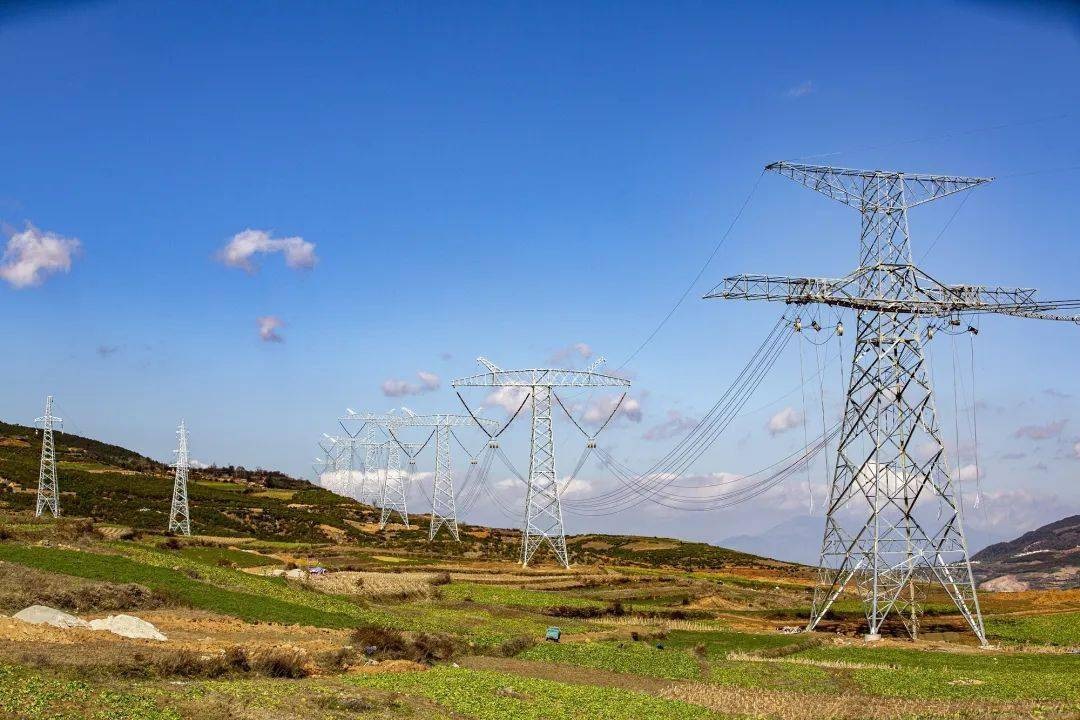
Japan's economy was already showing clear signs of weakness before facing the full impact of U.S. President Donald Trump's trade policy. According to data released by Japan's Cabinet Office on Friday, Japan's gross domestic product (GDP) fell 0.7% on an annualized basis in the first quarter of 2025 after adjusting for inflation, ending a year of growth and falling short of the market's general expectation of a 0.3% decline. The data raised market concerns about whether Japan's economy is about to enter a technical recession, especially considering that Trump's new round of tariffs is about to take full effect.
First, one of the key reasons for the economic contraction is the double blow of weak exports and surging imports, resulting in a negative drag on growth from net exports. In contrast, net trade contributions had significantly boosted GDP in the previous quarter. At the same time, personal consumption expenditures, which account for nearly half of the total economy, barely grew, and inflation eroded household purchasing power, delaying the recovery of consumption levels to pre-pandemic levels.
At the same time, this is also the first economic contraction since Prime Minister Shigeru Ishiba took office, deepening people's doubts about the current economic resilience. Before Trump's tariff measures were fully implemented, Japan's economy was already struggling. The Bank of Japan cut its full-year economic growth forecast in half earlier this month, and the latest GDP data further supports the argument for pausing interest rate hikes and closely monitoring external shocks.
In addition, the slowdown may also trigger political chain reactions. As the summer Senate election approaches, whether to boost the economy through tax cuts or direct cash handouts has become a focus of debate. Shigeru Ishiba's approval rating in local opinion polls has continued to decline, and recently fell to the lowest point since he took office.
Secondly, another factor that puts pressure on Japan's economy is the rapid rise in the cost of living. Inflation has continued to exceed the Bank of Japan's 2% target so far this year, especially food prices. In March, the price of rice, Japan's staple food, surged 92% year-on-year, and some public schools reduced the number of rice lunches they provide from three times a week to two times, according to the Japan Broadcasting Corporation (NHK). Households are also facing the dilemma of income erosion while hoping for inflation to fall and real wages to rise.
At the same time, several major Japanese exporters have been hit by changes in the global trade environment. Honda Motor Co. lowered its fiscal year profit forecast this week, one of the reasons being the impact of the new US tariff policy. Prior to this, Toyota had also issued a similar warning. Because these large manufacturers play a vane role in wage negotiations, their conservative expectations may suppress the overall wage increase trend, which is the key driving force for Japan to stimulate domestic demand.
Finally, although US Treasury Secretary Scott Bessant has expressed his willingness to prioritize trade negotiations with Japan, Tokyo has achieved little substantive results in consultations with Washington so far. Compared with the progress of the UK's agreement and the temporary ceasefire with China, US Commerce Secretary Howard Lutnick made it clear earlier this month that a trade agreement with Japan "will still take a considerable amount of time." Among the G7 countries, Japan's potential growth rate is about 0.6%, ranking last. Since the outbreak of the new crown epidemic, Japan's economy has experienced negative growth in at least one quarter almost every year. This round of contraction further highlights its structural weaknesses and high sensitivity to external risks.
In summary, the Japanese economy is currently facing a dual dilemma at home and abroad, with weak domestic consumption and high inflation, and external uncertainties brought about by US tariffs. Fundamentally, Japan's structural growth bottlenecks have been exposed - whether it is an aging population, insufficient consumption power, or slow industrial transformation, short-term stimulus policies are unlikely to fundamentally reverse the downward trend. Whether Japan can deepen economic reforms, enhance its own growth momentum, and strive for more strategic space in international negotiations in the future will be the key to escaping the "low-growth trap".

報告顯示,中國電力投資加速增長,預計2024年電網基建投資將超過5300億元。
近日,市場迎來了一則引人注目的消息:工業巨頭3M公司(MMM.N)在本周五公布了其季度業績報告,隨後股價飆升至近兩年來的
最近,外媒給OpenAI算了筆賬,今年可能要血虧50億美元。
近日,巴黎奧運會和世界鐵人三項協會聯合發布了一項重大決定,宣布因塞納河水質污染問題,原定於近期進行的奧運會鐵人三項首次下
當地時間7月18日,法國巴黎發生了一起令人震驚的持刀襲警事件。
近期,一則重大消息在國際舞臺上引起軒然大波,馬來西亞宣布加入金磚國家。
調查發現,互聯網和智能手機的使用幹擾了韓國近五分之一學生的生活。